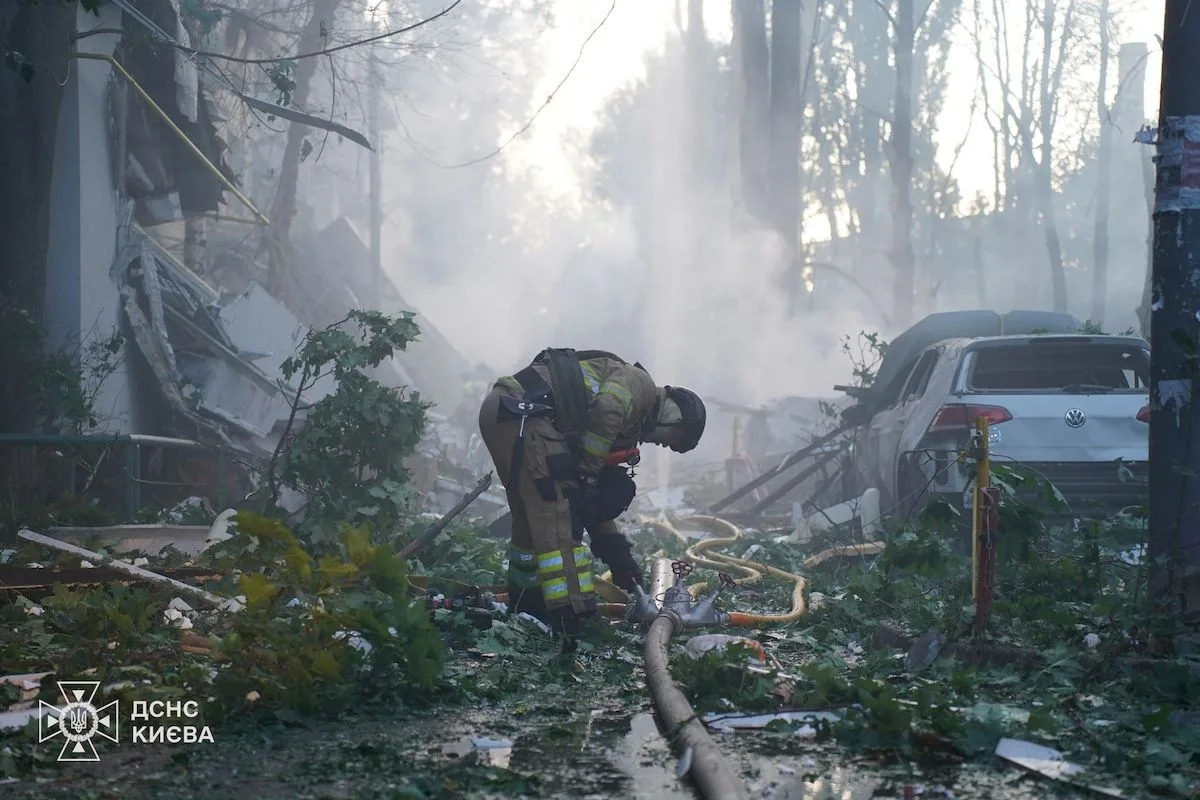In the first half of 2025, humanitarian needs in Ukraine increased amid escalating shelling and air strikes: as of 30 June, the Humanitarian Needs and Response Plan required $2.63 billion, while only $829 million had been received — about 31% of the amount needed, leaving a shortfall of about $1.8 billion. The intensification of hostilities in June led to the highest monthly level of civilian casualties in three years and simultaneously increased the need for medical care, shelter and basic necessities.
Read also: Life, adaptation and plans to return. How Ukrainians live abroad
Escalation and human losses
In June, a surge in rocket attacks and the use of drones was accompanied by a significant increase in the number of civilian casualties. The UN monitoring mission recorded 232 deaths and 1,343 injuries among civilians during the month, which also affected the work of healthcare facilities. The WHO also confirmed 47 cases of damage to medical facilities, staff or patients in June, compared to 37 in May. Due to the destruction of homes, schools and hospitals, many communities are forced to urgently seek medical care, temporary accommodation and legal protection.
The scope of assistance and its priorities
Humanitarian partners provided at least one type of assistance to 3.6 million people in January-June 2025, focusing their efforts on frontline regions. Among the services provided, the highest coverage was in the areas of water supply, sanitation and hygiene (over 2.1 million people), food security and agricultural support (1.1 million), medical assistance and medical supplies (over 900,000), and social and legal protection (650,000, including 328,000 children, parents and guardians). At the same time, about 217,000 people received multi-purpose cash assistance, and almost 460,000 received repair materials and non-food items. These clusters of assistance have been identified as priorities in the revised Humanitarian Needs Plan.
Read also: “Ukrainians are amazing in their resilience” – an interview with Daniel Wallinder, country representative of the Swedish Red Cross
Funding, donors and reprioritisation
Due to significant resource constraints, humanitarian organisations were forced to rethink their priorities and focus on the most pressing needs — helping frontline communities, evacuees, and the most vulnerable displaced persons, and providing emergency response after shelling. As of the end of June 2025, funding across clusters was uneven: some sectors, including housing and non-food items, health and water supply, received partial coverage, while others remained significantly underfunded. The main donors mentioned in the report include the United States, Germany, and the European Union, as well as a number of European countries and private foundations; their contributions made it possible to fund part of the programmes, but this did not cover the overall gap.
Humanitarian security and logistical challenges
Danger and access restrictions continued to hamper the delivery of aid: in May and June, 36 security incidents were documented that impeded the provision of aid, particularly in Donetsk and Kharkiv regions. Despite the risks, humanitarian convoys delivered food, medicine, and hygiene items to nearly 34,500 residents of frontline communities in Donetsk, Zaporizhzhia, Kharkiv, and Kherson regions since the beginning of the year. This demonstrates the continuation of operations in difficult conditions but also highlights the vulnerability of supply chains.
Read also: Humanitarian workers face new threats during war
Preparation for the autumn-winter period 2025–2026
To respond to the expected increase in needs during the cold season, the country’s Humanitarian Team has presented a separate Response Plan for the autumn-winter period of 2025-2026. The implementation of this plan requires an additional $277.7 million, which should provide multisectoral support to approximately 1.7 million of the most vulnerable people between October 2025 and March 2026. The current funding shortfall is significantly hampering preparations for the heating season, especially in communities close to the front line.
Risks and short-term forecast
The continued high level of attacks on civilian infrastructure and the simultaneous financial deficit mean that humanitarian partners will be forced to continue adjusting the range and scale of services, focusing on essential measures. Uneven funding across clusters, access restrictions in certain regions and increased needs during the winter period increase the likelihood that some vulnerable groups will be left without assistance unless there is a significant influx of resources. At the same time, ongoing efforts to support water supply, health care and food security have mitigated some challenges, but without additional funding, the pace of response may slow down.
Read also: Stable but vulnerable. How the civil sector was perceived in the 2024 CSO Index



